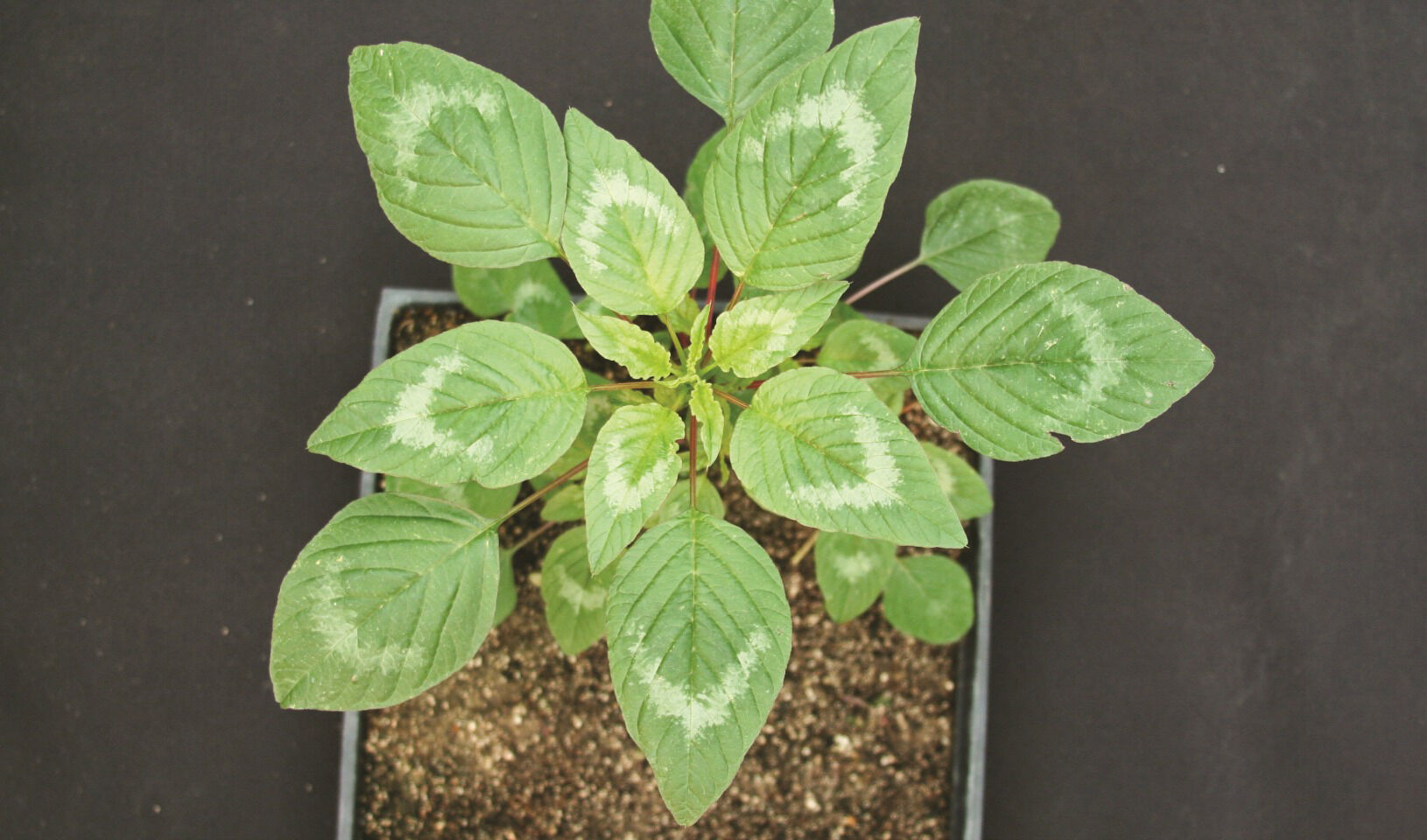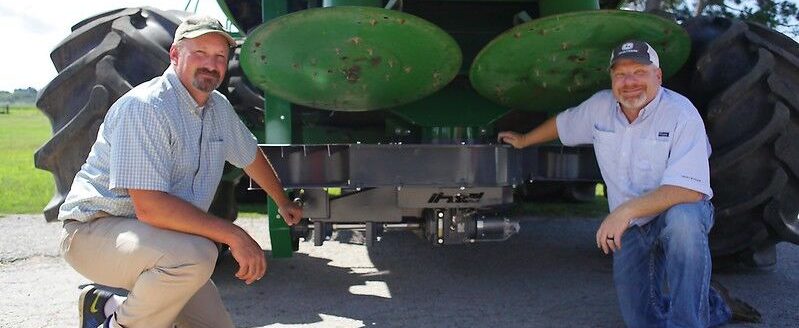When it comes to fighting weed resistance one expert says there is “no magic bullet,” but some of his research is continuing to find ways to stifle the seeds that produce pigweed, marestail and Palmer amaranth that farmers loathe.
Kevin Bradley, a professor of plant sciences at the University of Missouri, spoke about research to slow the resiliency of weeds that rob yields and compete for nutrients.
Agriculture has long believed that chemicals are the management tool of choice, he said, but the control farmers seek has slipped due to herbicide resistance. Bradley spoke on Harvest Weed Seed Control Practices on Jan. 27 as part of a webinar series by various entities including Take Action “Inside Weed Management,” which is a soy checkoff program with additional industry support.
Many years of success has led growers to believe that herbicides alone are their best weapons, he said, and does not downplay their need.
“Herbicides will continue to be one of our methods of weed management for years to come,” he said. “For most of our growers their first line of defense is ‘What herbicide can I use to control that weed?’”
Another mindset he says is “techno optimism,” which means, “We’ve always had something that comes along to able to solve the problem of resistant weeds.”
That mindset may not be reasonable now.
With waterhemp even the latest herbicides only take a few years to develop resistance, Bradley said.
There are now resistance to seven sites of actions against waterhemp and nine against Palmer amaranth, he said.
“It just doesn’t seem like a very sustainable solution of herbicides alone,” he said.
Weed scientists around the country are looking at other options with a focus on preventing the weed seeds from going back to soil.
Harvest weed seed management is new to the United States, but he believes the concept deserves continuing research.
Two tools highlighted
A weed zapper is an electrocution device that has been used some in specialty crops but not in conventional agricultural systems. It first was studied in the 1970s in specialty crops or organic industry.
His recent work studying an electrocuting device was to see if it might fit in the future of modern soybean and cotton systems. What his studies revolved around was the height difference between the crop and weeds in July and August.
Bradley’s research equipment included a PTO-driven generator behind a tractor. On the front there is a solid bar and when in operation anything the bar comes into contact with will be electrocuted, which means operator training is a must for added precaution.
“It’s not really weed management, it is weed control. This is killing weeds that have escaped,” Bradley said. “If you can kill it and prevent it from producing seed, then in one way it is harvest weed seed management.”
When the tool is used the results are known quickly and, in some cases, in a matter of a few days.
Sign up for HPJ Insights
Our weekly newsletter delivers the latest news straight to your inbox including breaking news, our exclusive columns and much more.
Weed electrocution still has many questions that need answered, he said.
It is not something that works well on smaller weeds; the professor says the bigger the weeds the better the efficacy.
The tool works well on waterhemp, marestail and giant ragweed but there are variations and as a result Bradley says it is not a “one size fits all” approach.
A multi-state grant from the North Central Soybean Research Program board allowed him to take the implement to soybean fields in multiple states.
In some of the tests the efficacy on Palmer amaranth was not as high in some areas as others. “We have a lot to learn.”
“We still see pretty positive results out of waterhemp. I know it is not as high as many would like there but we are still investigating all the reasons why we might not get as good of control on a certain day compared to other days when we might get 100% control.”
Wilting and brown tissue was visible after the electrocution was applied, Bradley said. The efficacy was not as high as he wanted to see on some pigweed.
The other concept is putting a “hammer mill” concept on the back end of a combine that grinds up weed seeds. The goal is to damage the seeds so they’re no longer viable, he said.
Bradley said pigweed seeds are extremely small and that makes them a unique challenge. He tested the Soil Terminator and Redicop, both systems developed by Australia companies.
The mechanisms are designed to use the combine’s horsepower to drive the hammer mill. One of his observations was that getting a good “killer frost” because sometimes the ability for the machine to destroy a maximum number of weed seeds might be less; however, he knows that is not always possible because a producer may need to get the crop harvested. He also noted that some weed loss will be generated from dropping under the combine’s header.
In his studies he noted that about 69% of the weed seed will get to the back of the combine but 31% will be lost and there will always be variables. An important question is what percentage of the weed is damaged and considered non-viable. In one of his studies 74% of the waterhemp seeds were damaged.
As Bradley noted before there are no silver bullets and it may take several years for the intended results to show up. But he believes the system can help fight high weed seed density. In consecutive years he did see significant results.
Another technique was to put the weed seed chaff in a windrow and then use fire to burn the chaff, he said.
A sound program still involves stewardship and the need for herbicides is likely to be a part of the tools producers will be need for many years, Bradley said.
Additional information is available at www.IWillTakeAction.com.
Dave Bergmeier can be reached at 620-227-1822 or [email protected].



